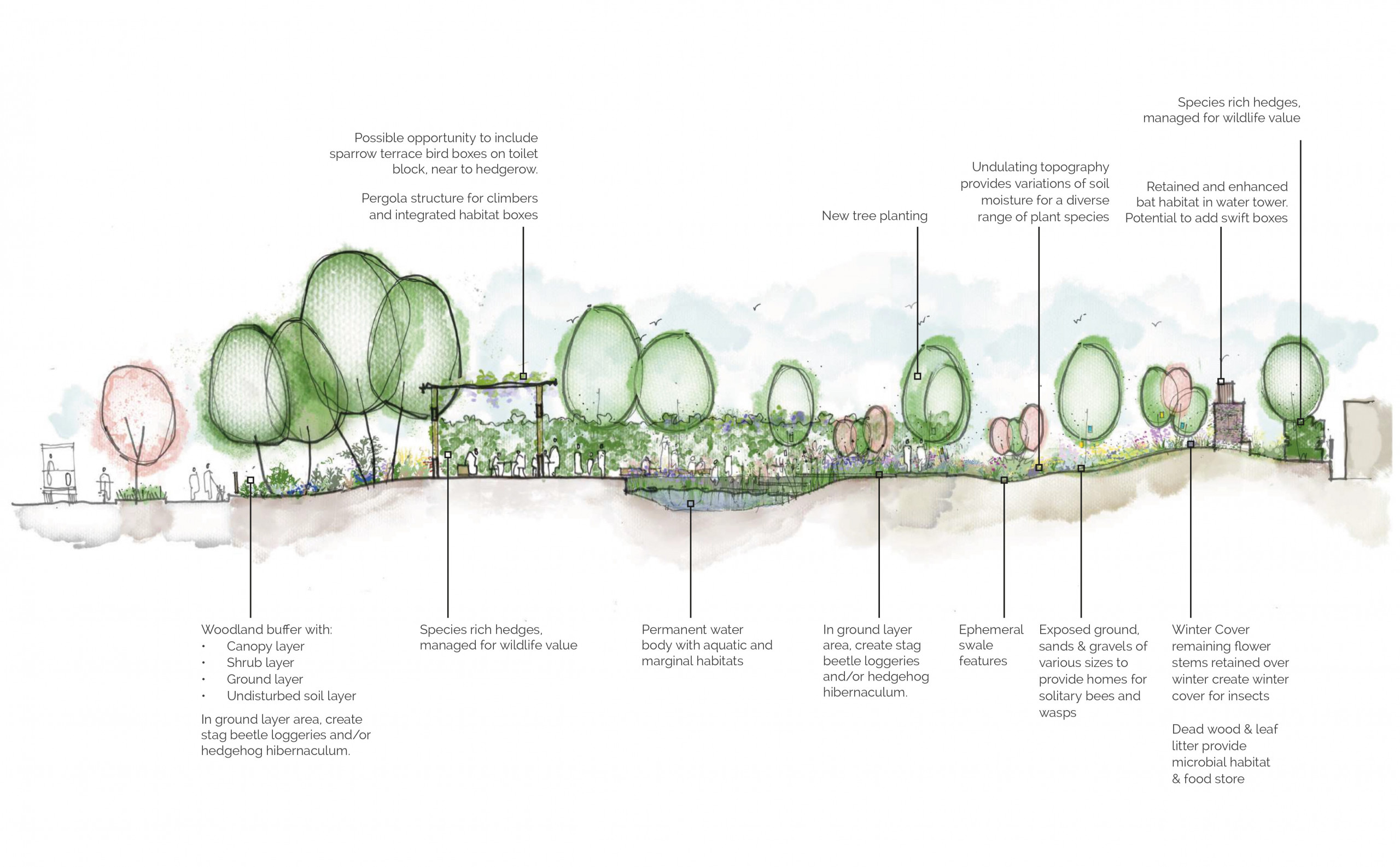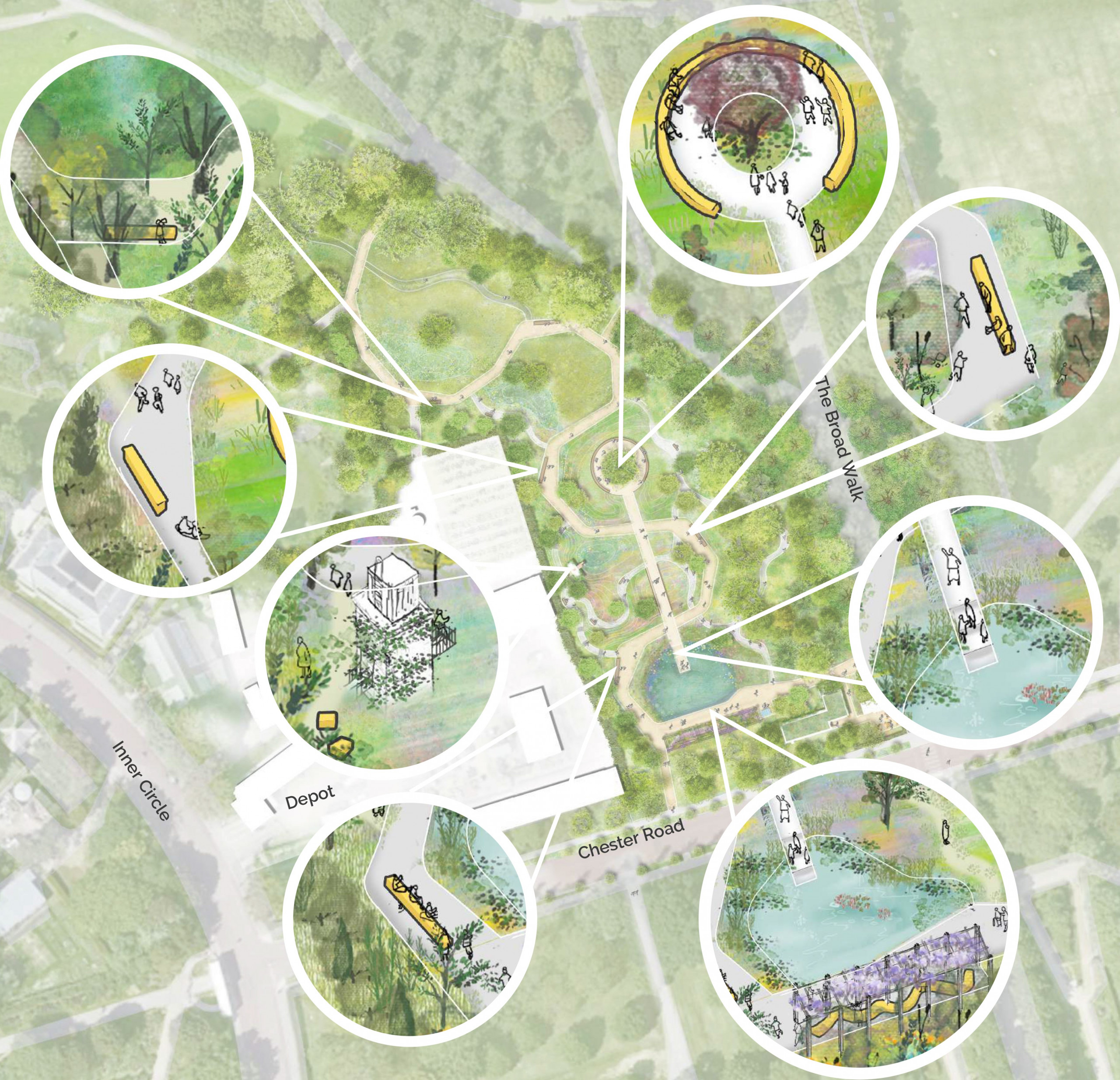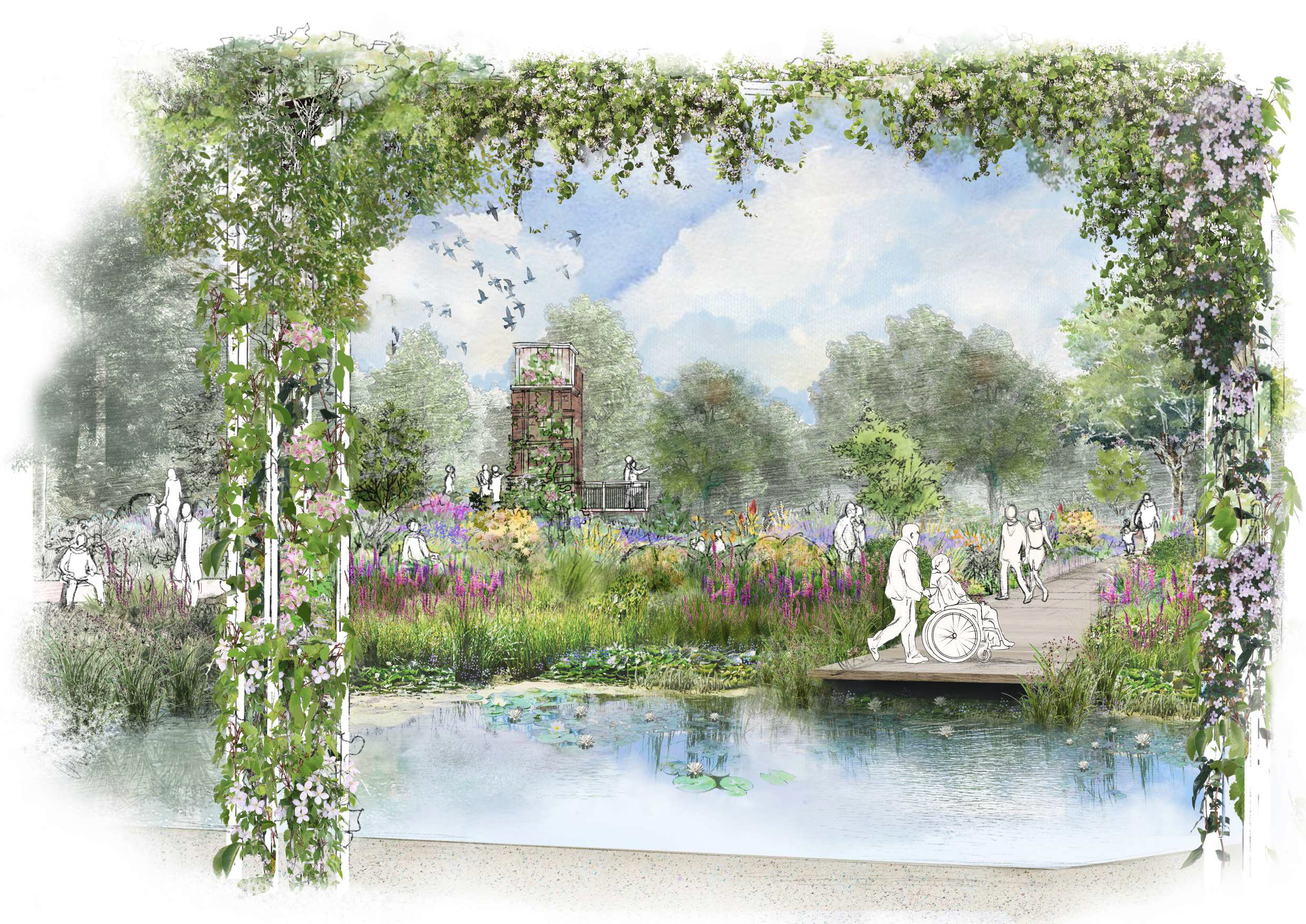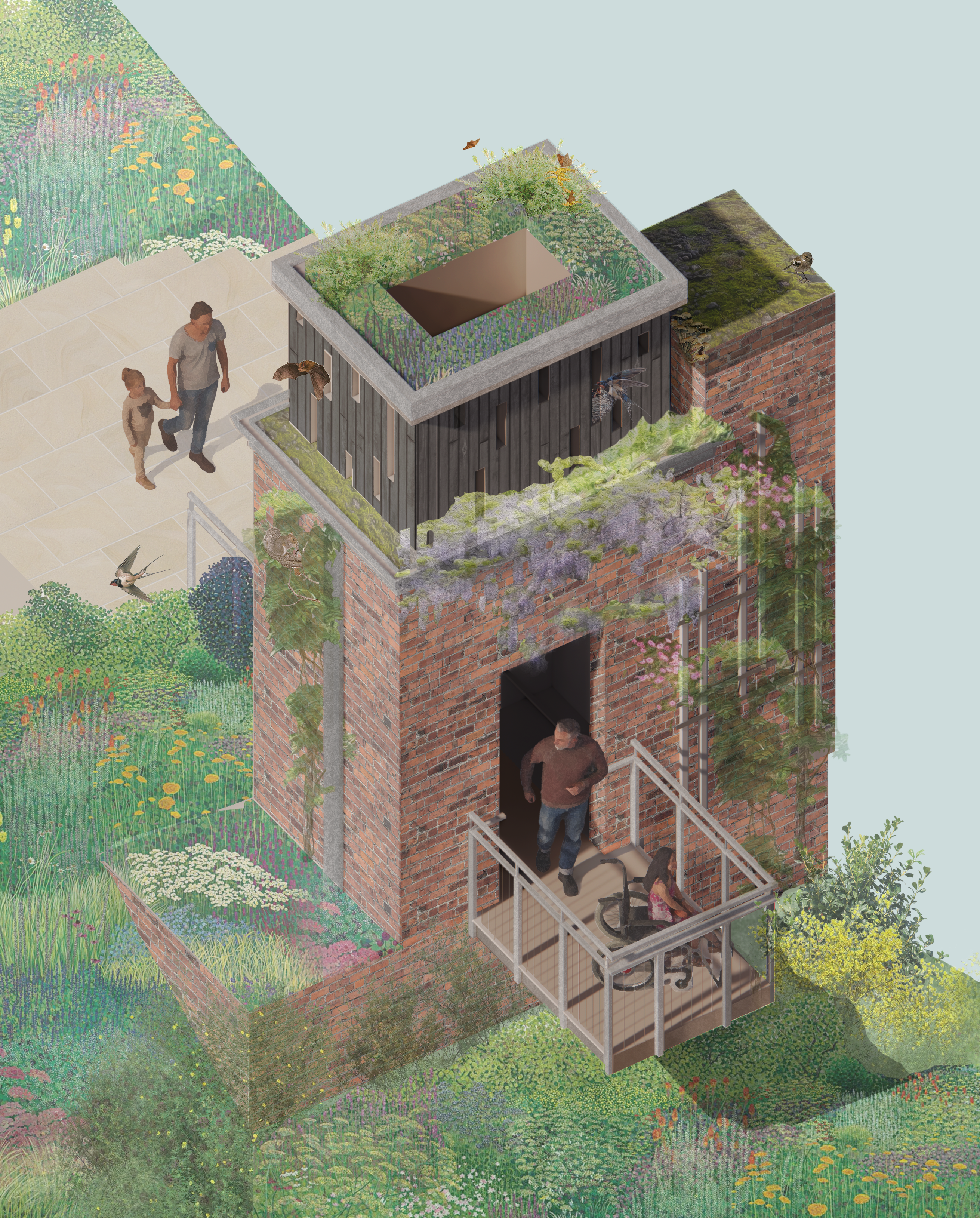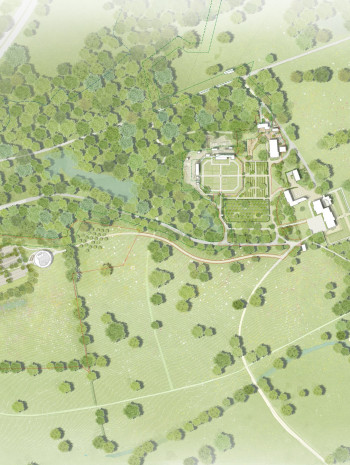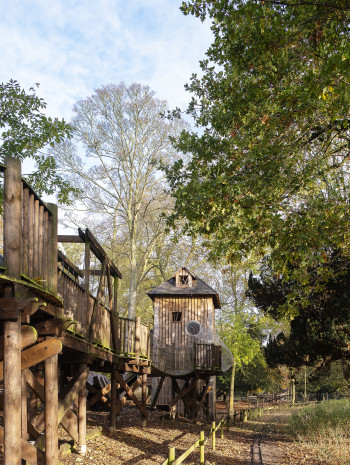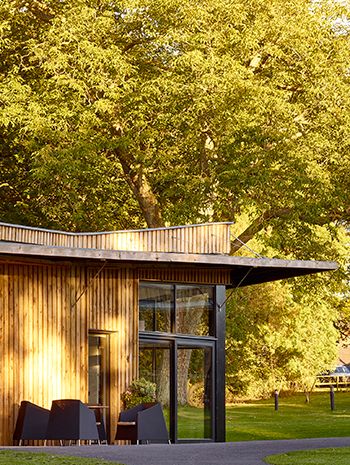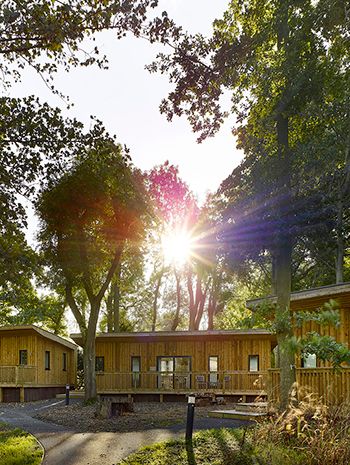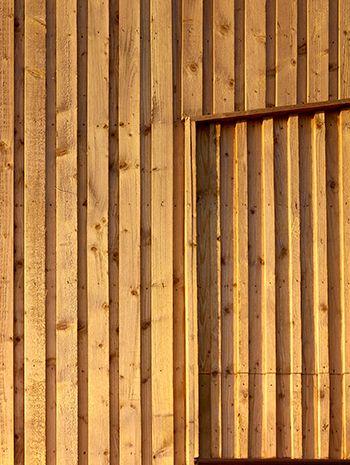Location: London UK
Client: The Royal Parks
Project Team: HTA Design, Dr Noel Kingsbury (horticulturalist), SLR Consulting, Price & Myers
Timescale: Planned completion in 2025
Size: 0.8 Ha
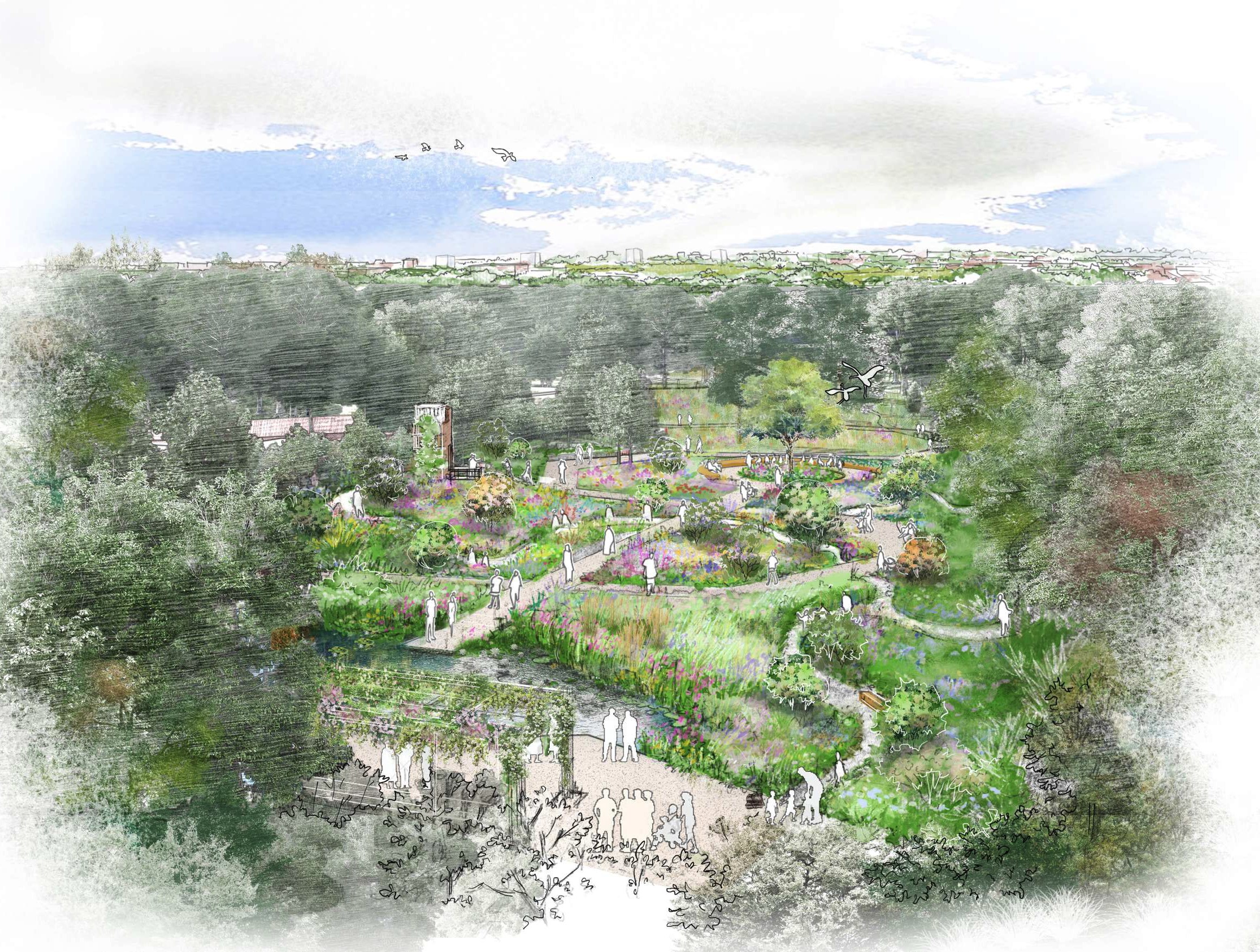
The Garden at The Regent’s Park will commemorate the life of Queen Elizabeth II and, once complete, will turn a redundant area of this famous park into a biodiverse space that will communicate an important message about natural resilience in our changing climate.
The site once grew shrubs and plants for London’s eight Royal Parks but following the opening of the Hyde Park Nursery in 2018, it was decommissioned. The new garden will demonstrate how brownfield sites can be transformed using materials mainly available nearby into verdant spaces, returning this currently disused section of Regent’s Park to the public domain.
Led by the landscape architects HTA Design, we are working with an expert team to ensure we have balanced the diverse views of all the stakeholders, from horticultural to heritage, and created a scheme that truly reflects the needs of the broader Regent’s Park community.
To give two examples of how this has been reflected in the scheme design, inclusivity and accessibility have been key drivers with resting points and level access throughout. We have developed a ‘dry’ planting scheme that will not require any additional irrigation.
The project has now been submitted for planning and Listed Building consent and we are currently in conversation with Camden Council Planning Authority to navigate this complex process.
Whilst working with HTA Design across all aspects of the scheme, we are specifically responsible for the structures within the garden, which include re-using a redundant water tower as a lookout platform, creating a new pergola and refurbishing the existing public toilets.
Demonstrating our regenerative approach to architecture and design, The Garden will promote a circular economy, minimising waste, pollution and environmental impact. Demolition of the former plant nursery is now underway and we aim to re-use a substantial amount of ‘waste’ material in the new garden, such as crushed concrete, brick and steelwork.”

